
by Suzanna Henshon, PhD
Many people want to be writers. But few people put the time in to write professional level manuscripts. So, what can you do to stand out from the crowd in a positive way? Can you get your work noticed in the slush pile?
Everyone thinks it’s easy to dash off a story. But the truth is that writing takes work; Jane Yolen defines this work, in a general sense, as sitting in a chair and typing until a story is done. Malcolm Gladwell’s The Outliers uses the idea of the 10,000 hour rule to attain expertise in a field. While you may not have 10,000 hours to spend writing, you can stand out from the crowd if you work hard. Here are some tips.
Be professional. Most writers commit amateurish errors, myself included. We’ve all sent out query letters with misspellings, or manuscripts that have no chance of fitting an editor’s current need. Some writers send far too many query letters, rather than just circulating their best ideas. Other writers even misspell editors’ names. If you proofread carefully, you can avoid these issues. And if you’re not sure how to spell an editor’s name, check the publisher’s website or the editor’s blog or Facebook page.
Know your market. Do a bit of research to see if your idea is truly geared to the market you want to reach. Read many recently-published books for the same age group for which you’re writing so you can objectively judge if your approach is age-appropriate. Are you trying to teach an abstract lesson to the picture book crowd? By reading lots of picture books, you’ll learn that you need to hide the lesson in an entertaining story and make it concrete and visual. Are the characters in your young adult novel making only good choices? Teens don’t have the life experience to foresee the negative outcomes to all their decisions. Allow your character to learn from their mistakes.
Show commitment to your writing. Just like you would show up for a job, you need to show up at your writing desk at a specified time. Commit to writing the very best story you can write before you send it out. Lastly, believe in your story before you submit it to publishers. If you aren’t enthusiastic, how can you expect others to fall in love with your piece?
Write the best piece you can. Many times writers dash off stories quickly, and spend little time revising them. Don’t you owe an editor your best piece, rather than a first draft? Revising a piece takes far longer than writing it originally did. So understand that 90% of writing is revision, and commit to the time it takes to rewrite, revise and polish your manuscript to the best of your ability. You only get one shot at submitting this work to each editor, so make it count.
Get to know your editors. As you start researching editors, you’ll get a sense of their taste, and the projects they work on. You can start to understand their mindset when you read their work closely. Once you understand someone’s editorial taste, you’ll be far more successful in writing projects that meet their company’s niche as well.
Show some interest in publishers. Read a publisher’s catalog. Visit their website. Read their books carefully. As you research, you’ll develop a better appreciation for their niche in the marketplace. If you submit carefully, you will be far more successful than if you do mass mailings.
Reveal yourself in query letters. In your query letter, it is important to tell the editor about your story and why you are sending it. But you also want to tell a little bit about yourself. Are you a teacher? A freelance writer? A stay-at-home parent? No matter what your background is, be proud of it. You’ll want to share a few details about why you are qualified to write this piece.
Personalize your query. Your query letter isn’t just a sales pitch; it is a wonderful opportunity to show an editor you have some interest in her work. It is a great chance to show that you have carefully thought through why your story is a good match for a publishing house.
While there’s no guarantee of success, doing these simple things will make you stand out from the crowd. And that may be all it takes to nudge an editor into reading your entire manuscript and falling in love with it.
Dr. Suzanna E. Henshon teaches full-time at Florida Gulf Coast University and is the author of several young adult and middle grade books, and two collections of writing exercises. Her newest book, Andy Lightfoot and the Time Warp, is available for the Kindle on Amazon.
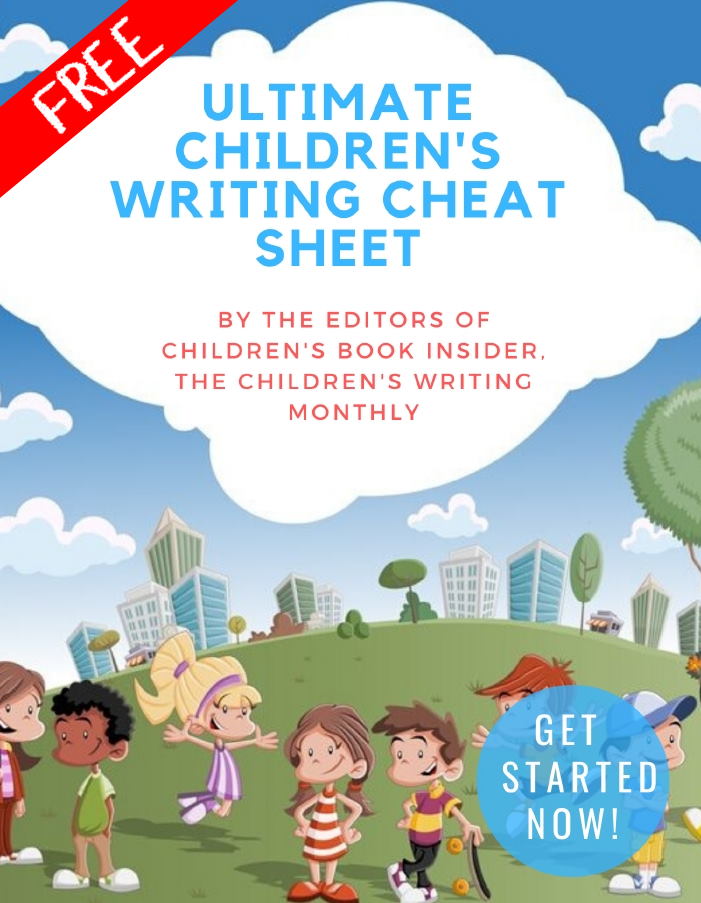
✏ Word Counts & Age Groups for Every Kidlit Category
✏ FAQs, Glossaries and Reading Lists
✏ Category-specific Tips, from Picture Books Through Young Adult Novels
✏ 5 Easy Ways to Improve Your Manuscript
✏ Writing For Magazines …and more!
This is a gift from the editors of Children’s Book Insider, and there’s no cost or obligation of any kind.
We will never spam you or share your personal information with anyone. Promise!
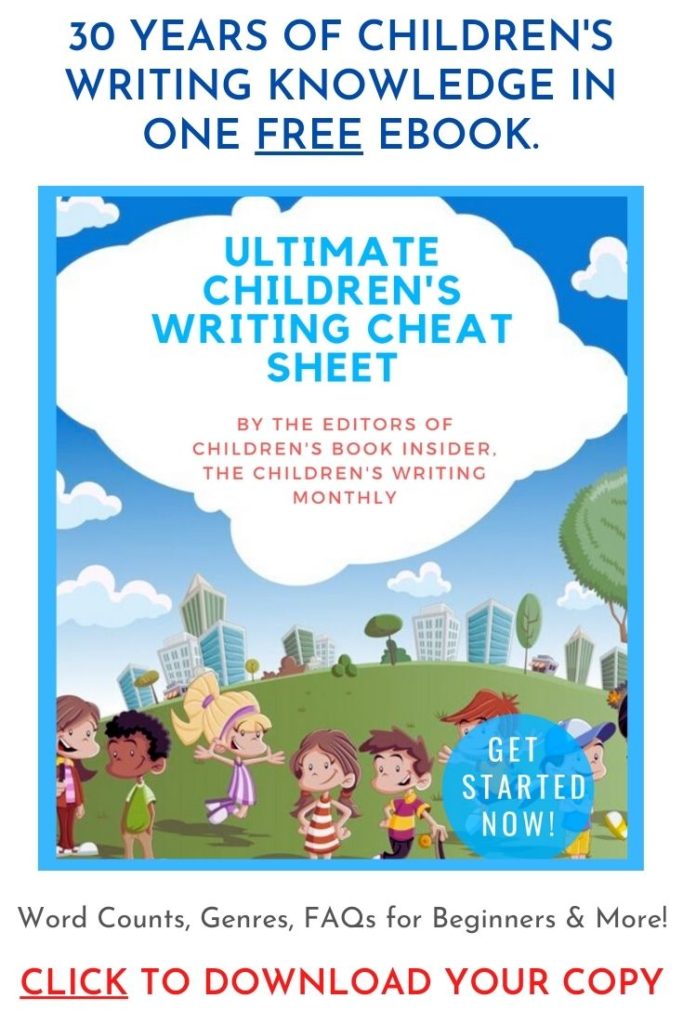
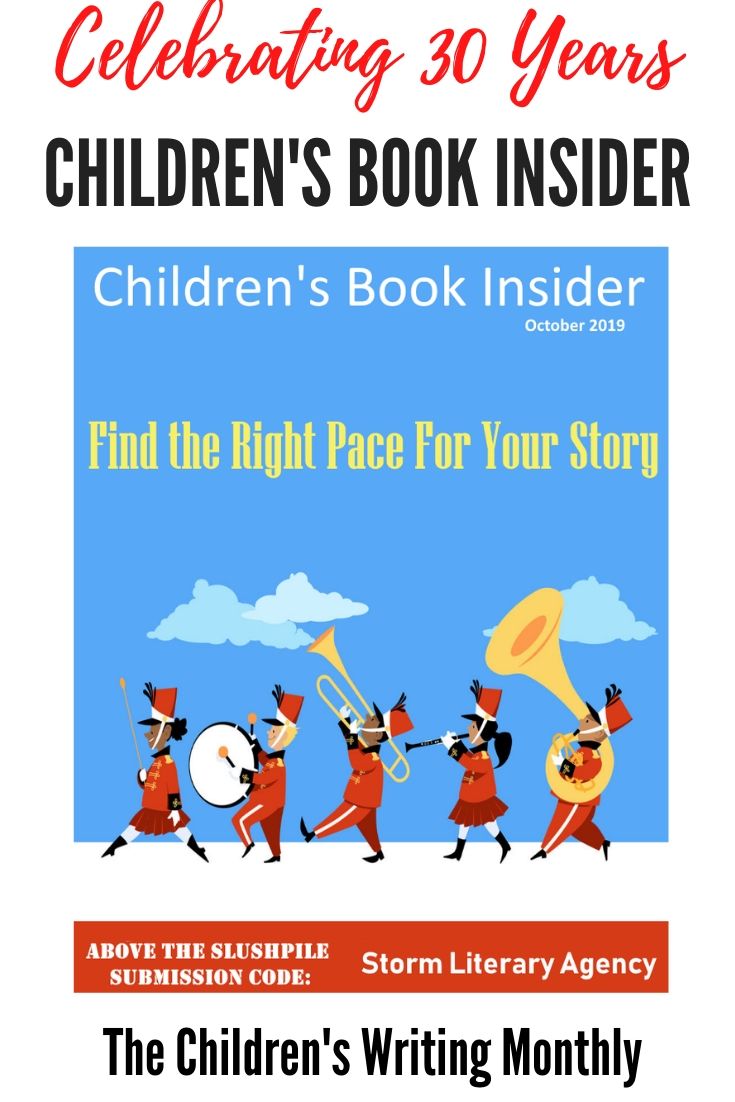
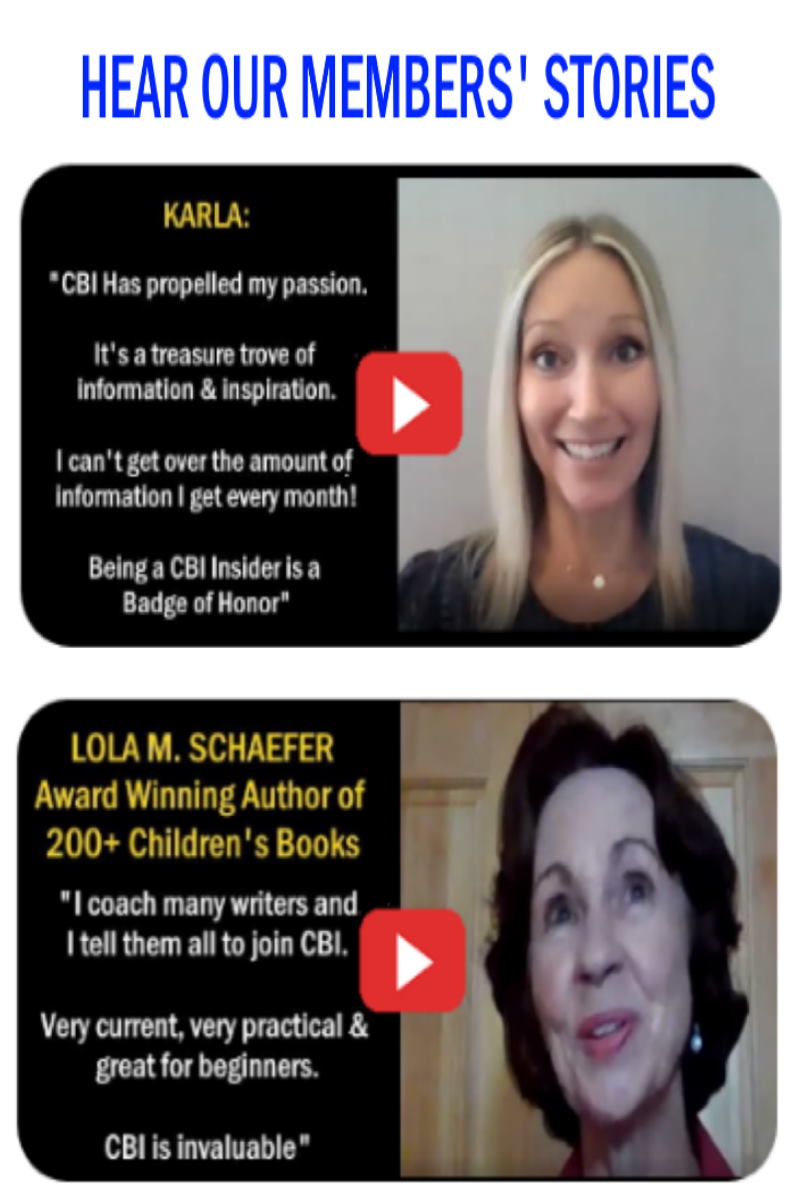
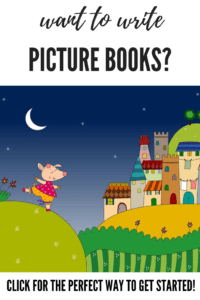


I believe that producing a quality book is extremely difficult for a variety of reasons. Firstly, coming up with a good, unique story is perhaps the hardest. So many children’s books have such poor plots that they are often just silly. A good example would be “Nate the Great” books. Second, as you stated, writing and producing a professional grade manuscript is a daunting task. But with hard work, it is possible.